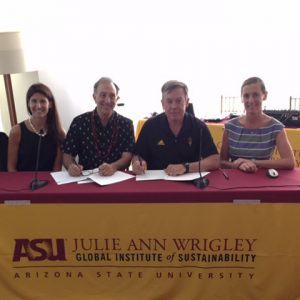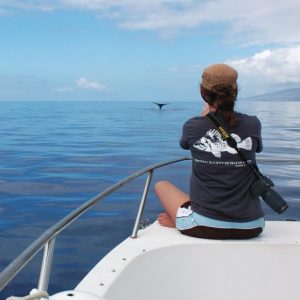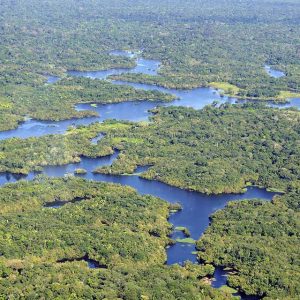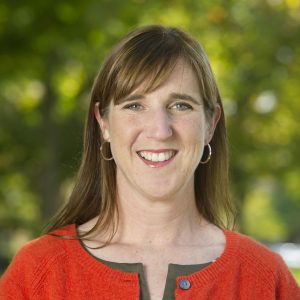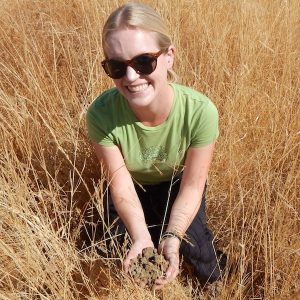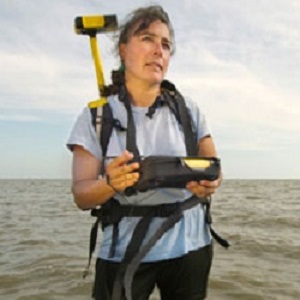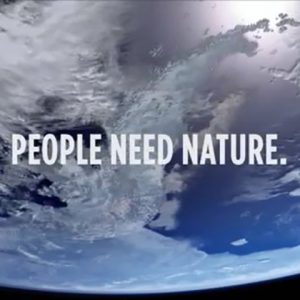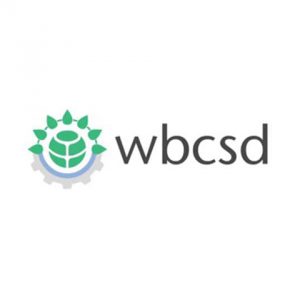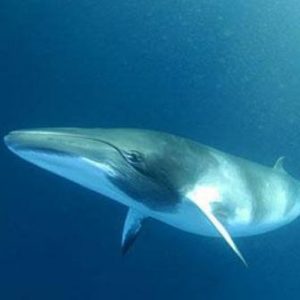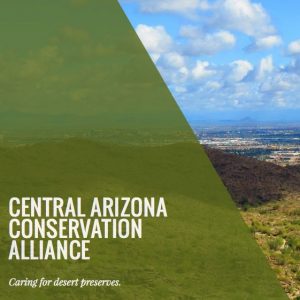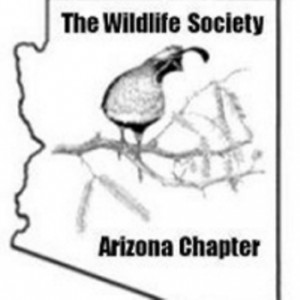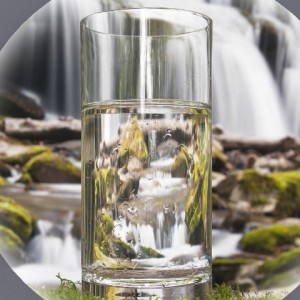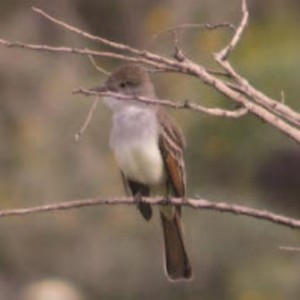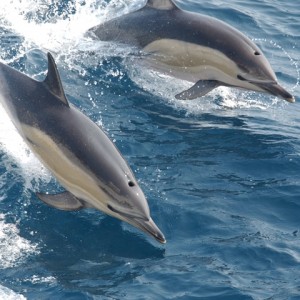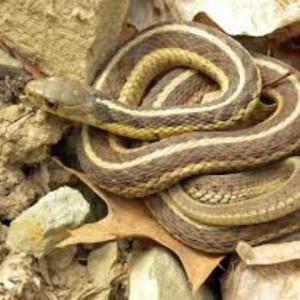ASU's CBO joins WBCSD in knowledge partnership
View Source | September 7, 2016
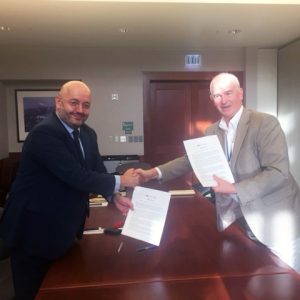 During the 2016 IUCN World Conservation Congress, ASU's Center for Biodiversity Outcomes signed a knowledge partnership with the World Business Council for Sustainable Development to promote sustainable development through the global business community.
During the 2016 IUCN World Conservation Congress, ASU's Center for Biodiversity Outcomes signed a knowledge partnership with the World Business Council for Sustainable Development to promote sustainable development through the global business community.
As WBCSD’s second global knowledge partner, ASU benefits by having access to the largest network of world-class companies engaged in social and environmental sustainability, while having exposure to real-world problem-solving opportunities, events, internships and job opportunities.
Having a seat at the table on substantive discussions with global companies will allow ASU to shape the way that businesses approach their sustainability practices.


